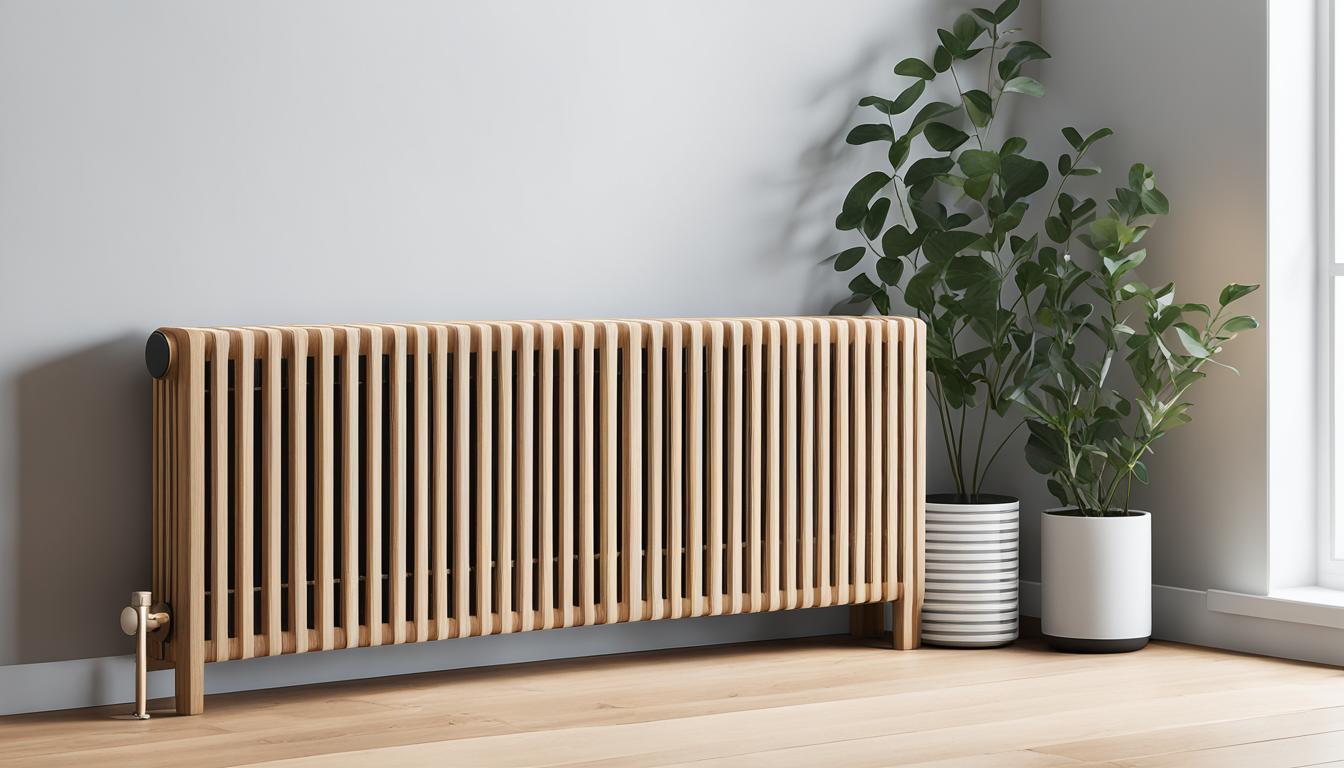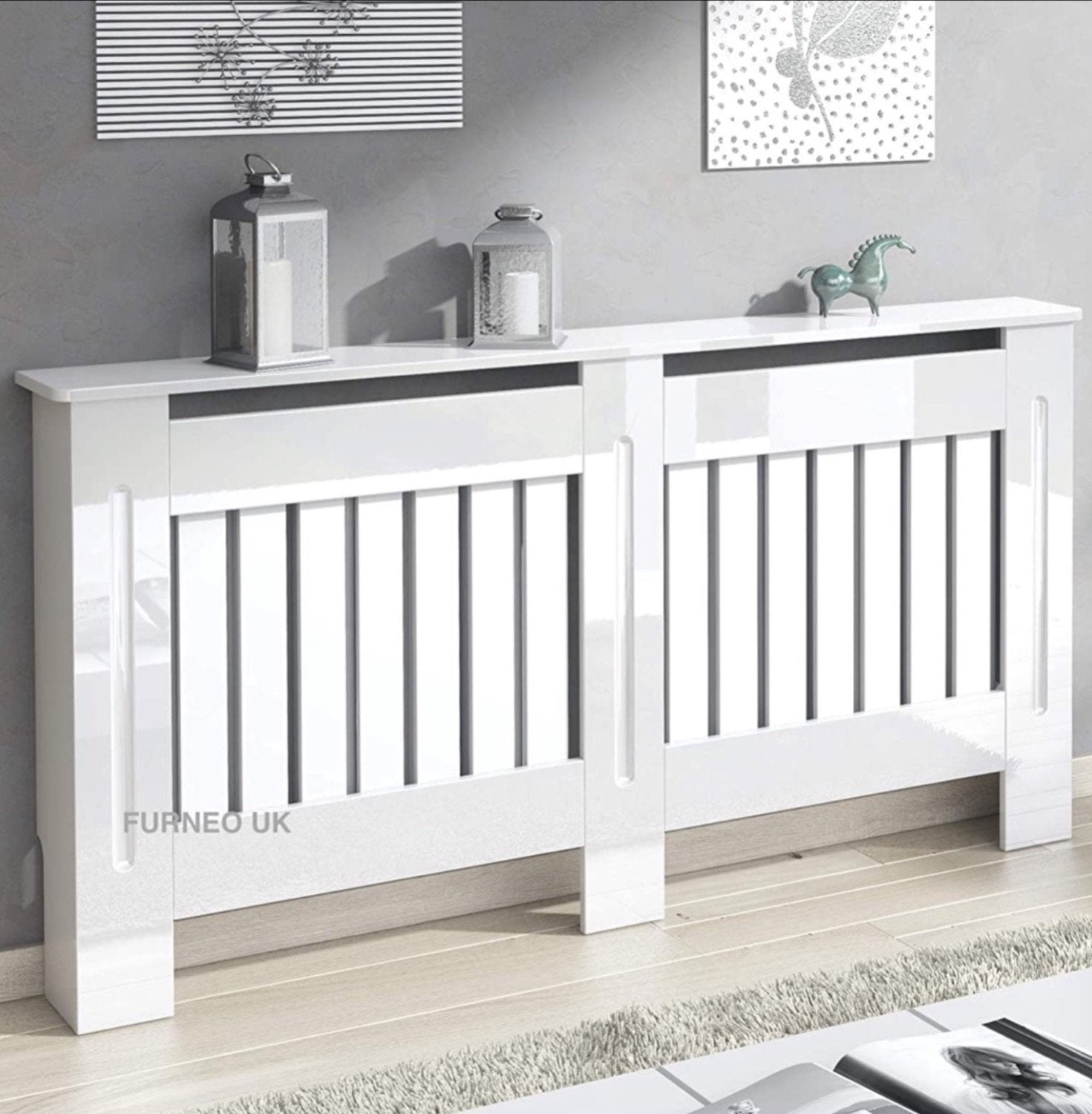Transform Your Space with a Stylish Radiator Cover
Transform Your Space with a Stylish Radiator Cover
Blog Article
Radiator Covers: Comprehending Materials, Designs, and Benefits
Radiator covers offer both visual and useful functions within a home, supplying an array of materials such as metal, wood, and mdf to match various style preferences. Picking the best radiator cover entails comprehending the subtleties of materials, styles, and their linked benefits.
Kinds of Products


Wood covers, commonly crafted from hardwoods such as oak or maple, offer a timeless, warm appearance that enhances conventional insides. Their durability and capability to be tarnished or painted contribute to their versatility. Metal covers, commonly made from steel or light weight aluminum, are favored for their toughness and modern-day look, typically including sleek lines that improve modern rooms.
MDF, a manufactured wood item, is preferred for its cost-effectiveness and convenience of customization. It can be painted or completed to match existing design while using a smooth surface area. Plastic covers, while much less common, are lightweight and resistant to wetness, making them appropriate for moist settings.
Inevitably, the choice of product for a radiator cover should align with the property owner's style preferences, practical demands, and the certain atmosphere where the cover will certainly be mounted. Each material provides an unique character, guaranteeing that there is a choice to fit every taste and setting.
Popular Style Styles
Highlighting aesthetic charm, popular layout styles for radiator covers show a series of preferences and interior decoration fads. Conventional styles typically include elaborate woodwork and elaborate detailing, making them ideal for vintage-inspired or traditional interiors. These covers commonly include sculpted aspects, giving a warm and welcoming feeling to any room.
In comparison, contemporary styles concentrate on minimal aesthetics, identified by tidy lines and downplayed elegance. Products such as metal or sleek timber with a smooth surface are frequently utilized, allowing these covers to mix perfectly into contemporary spaces. Industrial designs, on the other hand, embrace resources like subjected metal and concrete, including a strong statement to loft space or urban setups.
For those seeking an one-of-a-kind touch, bespoke styles supply personalization choices that accommodate private choices, enabling house owners to select colors, patterns, and products that enhance their design. In addition, farmhouse-style covers integrate rustic aspects, including troubled timber and easy kinds that evoke a relaxing, country charm.
Advantages of Radiator Covers
Radiator covers not only improve the aesthetic allure of a room but likewise offer several practical benefits that make them a beneficial enhancement to any kind of home. One of the main benefits is safety and security, specifically in households with pet dogs or children. Covers reduce the danger of burns from warm radiator surface areas, ensuring a safer environment.
Furthermore, radiator covers can enhance energy effectiveness. By routing warmth right into the area as opposed to permitting it to leave, they aid keep a regular temperature level, reducing home heating prices over time. This is especially useful in older homes where radiator systems may be less efficient.
Another notable benefit is sound decrease. Radiators can occasionally generate undesirable noises during operation, and covers can help muffle these sounds, adding to a much more serene living area. Additionally, radiator covers can be functional, providing additional storage space or screen area, thus optimizing the utility of often-overlooked locations.
Finally, they can safeguard radiators from dust and particles, which can prevent efficiency and boost maintenance demands. With these integrated benefits, radiator covers become a sensible service for enhancing both the capability and style of any kind of home atmosphere.
Installation Factors To Consider
Installing radiator covers calls for careful factor to consider to make sure both functionality and safety and security (Radiator cover). Examine the measurements of your radiator and the surrounding area to make certain a correct fit. Exact measurements are crucial; an uncomfortable cover can block heat circulation or create security threats
Next, review the material of the cover. While wood supplies visual appeal, metal alternatives may supply far better toughness and warmth resistance. Think about the weight of the cover too; larger covers may need added assistance or reinforcements to prevent drooping or damages in time.
Ventilation is an additional critical element. Covers need to include adequate airflow to stop getting too hot and keep efficient heating. Search for styles with slats or openings that permit warmth to circulate without obstruction.
Furthermore, make sure that the cover is firmly placed to stop crashes, especially in homes with pet dogs or youngsters. Radiator cover. It's suggested to follow the manufacturer's installation guidelines closely and, if required, seek advice from an expert for complicated setups
Maintenance and Care Tips
Appropriate maintenance of radiator covers is important for ensuring their longevity and optimal performance. Normal cleansing is crucial; dirt and particles can gather, blocking air flow and minimizing warm effectiveness. Use a soft, find more info damp cloth or a microfiber duster to delicately clean the surface, avoiding harsh chemicals that might harm the coating. For repainted or timber covers, think about a suitable gloss or safety finishing to preserve their appearance.
Examine the covers periodically for indications of wear or damage, such as fractures or peeling paint. Addressing these concerns quickly can prevent additional wear and tear. Make certain that the covers are safely fastened and examine for any loosened screws or fittings, as resonances from the radiator can loosen them in time.
In colder months, stay clear of putting hefty items or ornamental items on top of the radiator covers, as this can hamper warmth distribution and cause unneeded stress to the structure. Finally, take into consideration seasonal upkeep by getting rid of the covers for detailed cleansing and examination during warmer months when the heater is non-active. Embracing these straightforward care ideas will certainly enhance the performance and visual allure of your radiator covers, guaranteeing they serve their function successfully for several years to come.

Conclusion
In recap, radiator covers act as aesthetic and functional improvements to domestic rooms. The diverse series of materials, including additional info hardwoods, mdf, steel, and plastic, enables alignment with numerous design styles such as typical, contemporary, commercial, and farmhouse. The benefits of these covers prolong past safety and power effectiveness to consist of additional storage space and dirt protection. Mindful consideration of setup and upkeep further makes sure the longevity and efficiency of radiator covers in any kind of home environment.
Radiator covers offer both useful and aesthetic objectives within a home, offering a variety of materials such as metal, hardwood, and mdf to match various design preferences. Selecting the ideal radiator cover entails recognizing the subtleties of products, designs, and their associated benefits.Emphasizing aesthetic appeal, popular design styles for radiator covers navigate to this website reflect a variety of preferences and indoor design trends.Radiator covers not only enhance the aesthetic appeal of an area yet also offer several practical advantages that make them a rewarding enhancement to any type of home. Think about the weight of the cover as well; much heavier covers may require additional support or supports to stay clear of drooping or damages over time.
Report this page